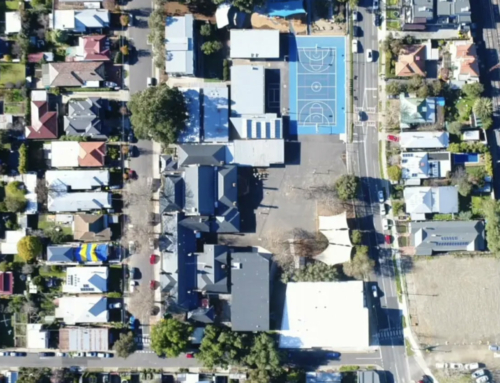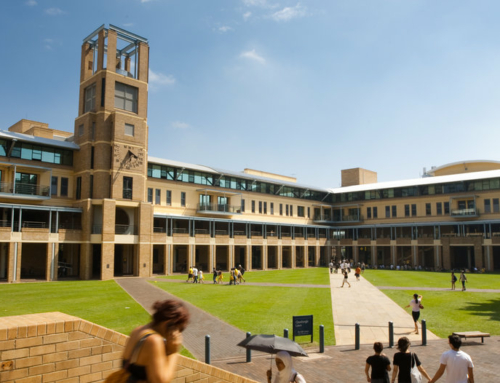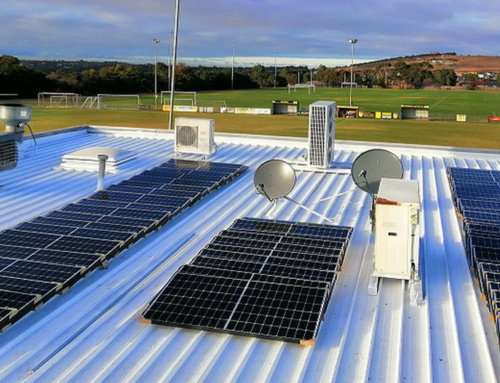The increasing urban population has imposed a heavy burden on the urban environment and
climate. According to the United Nations world population prospect, over half of the world’s population
currently lives in cities, while 2.5 billion more people are projected to move to cities by. With the
expansion of traditional cities to accommodate this, the urban climate and the impact on human
health are becoming increasingly important.
Urban Heat Island (UHI) effect, is the significant difference in temperature between urban and
the suburban area is a phenomenon that reduces the thermal comfort of urban residents, significantly
increases energy consumption in summer, and worsens air quality. This phenomenon is caused by
materials such as asphalt and concrete, which affects the thermal environment of the urban surface
and changes the heat and moisture exchange between the surface and the atmosphere, and forms
special meteorological phenomenon.
While these materials are difficult to change, there are several other methods that are well
documented to be efficient at preventing the UHI effect, such as Cool Roofs, Green Roofs, and
the overall greening of urban areas. The Cool Roof has gained particular interest here in Australia in
recent years, after its adoption in China, America, and The UAE.
In late 2021, Professor Mat Santamouris of the UNSW provided the federal government with a
detailed study on how integral Cool Roofs will be to mitigate the effects of this unique phenomenon
in a detailed state-by-state review. We hope to see this up taken in a legislative form in the near
future, not only to help us meet the targets of the Paris Agreement but to combat our unusual
weather patterns in this changing climate.









